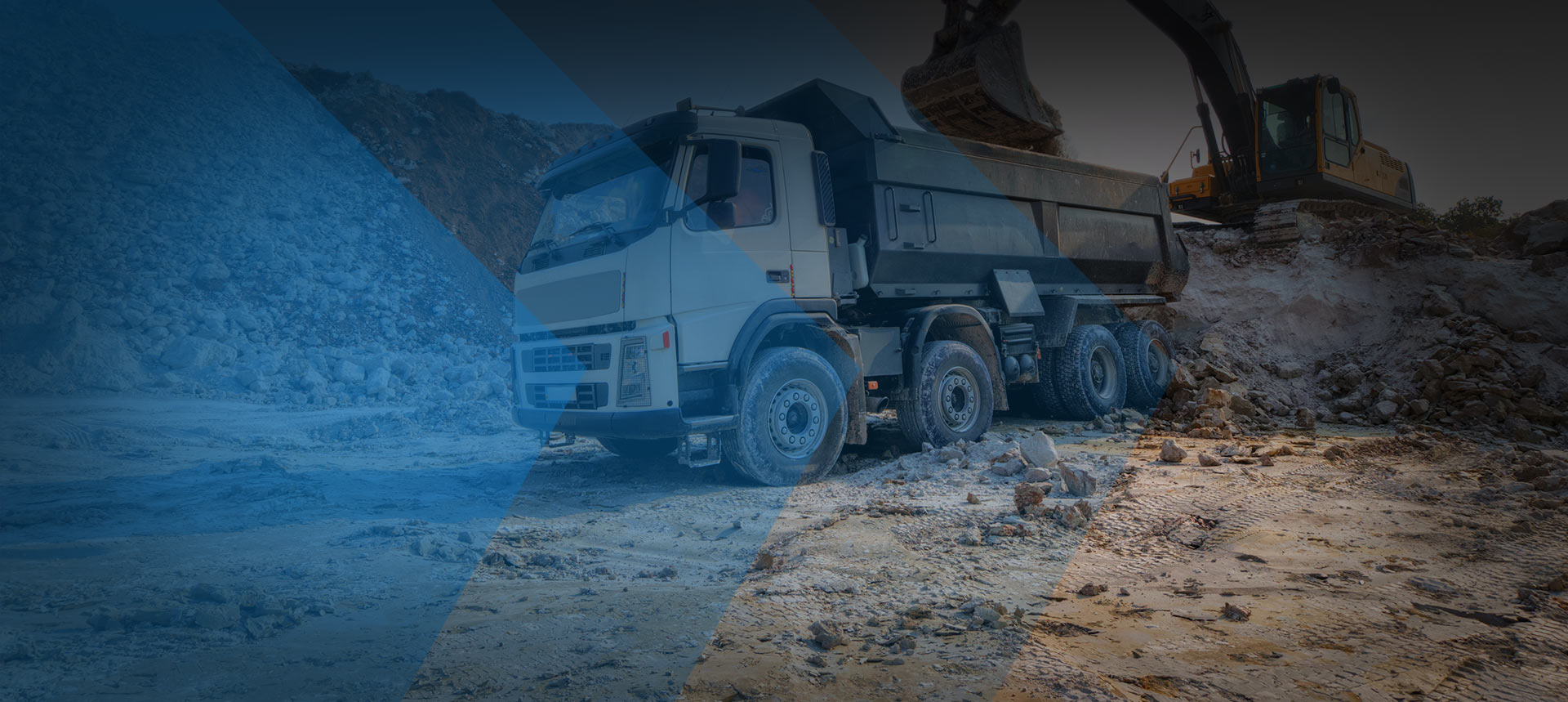01 Jul Topsoil Solutions
Topsoil Solutions: Screened vs. Unscreened Topsoil
Topsoil is one of the essentials for proper soil management as it provides all the nutrients that make it possible to grow a range of plants. In most cases, topsoil will have a complex mix of clay, silt and sand as well as manure. The topsoil that you can get at your local supply center is also sold in two forms: screened and unscreened. These are used for different purposes. Below is a look at the benefits of each type.
Why Use Unscreened Topsoil?
Because natural topsoil has become difficult to find, manufacturers of soil must create their own blends using the different components of soil. Unscreened topsoil consists of both large and small particles. The fact that it has a coarse consistency makes it ideal for use as a subsoil layer beneath finer surface soil. You can use unscreened topsoil for purposes such as wall support or as filler for raised beds. You can start your project landscape with this unscreened topsoil and add the finer topsoil at a later point.
What Are the Drawbacks of Using Unscreened Topsoil?
Unscreened top soil is less expensive, but it is not ideal for growing plants. The different sized particles can hinder root growth and keep plants from getting the nutrients they need. In addition, water can be trapped between the particles and cause root rot. While perfect for many purposes when considering landscape design, it should not be used as a source of plant nutrients.
Why Use Screened Topsoil?
As a part of the manufacturing process, screened topsoil is sifted through mesh of a specific size. You therefore have the option of choosing your topsoil in different particle sizes. The consistent particle size helps water to flow through the soil naturally thus making your garden healthier. In addition, topsoil contains organic matter and mixes easily with fertilizer and compost.
When you till screened topsoil into a bed of natural soil, the roots of your plants will be able to go deeper which can help them to grow taller and to produce more fruit. Screened topsoil is also good for use as a walkway base since it does not have the clumps and debris that you would find in unscreened topsoil.
What Are the Drawbacks of Using Screened Topsoil?
The main one is the price. A lot of research goes into the manufacturing of screened topsoil, which can make it expensive. If a landscape designer is squeezed on a budget, they may spread too thin a layer of screened topsoil. A thin layer may not provide sufficient nutrients for the plants in their garden.
In any case, screened or unscreened, you can count on Same-Day Aggregates – Trusted Solutions to deliver your order on time every time!

